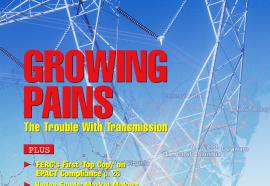Ring Fencing In Utah
Regulatory structures protect ratepayers in geography-spanning utility mergers.
Electric utility executives generally view corporate restructuring as a potential source of economic value and a potential partial solution to financial problems that reflect changing business risks. On the other hand, regulatory commissioners attempt to insulate and regulate the utility component of the restructured energy business and to protect the public interest, including reliability of service at reasonable costs.











